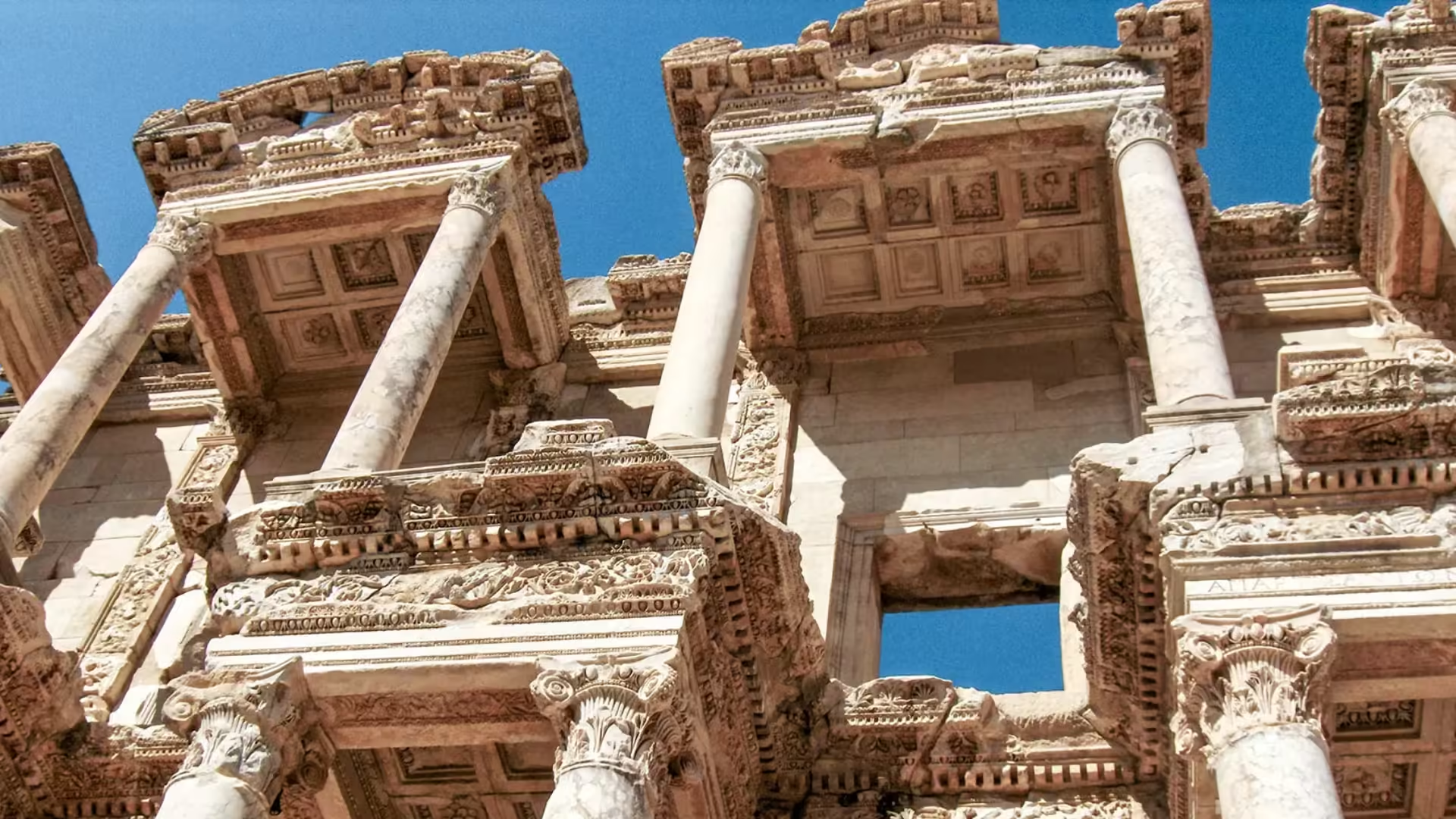The Allure of Alhambra
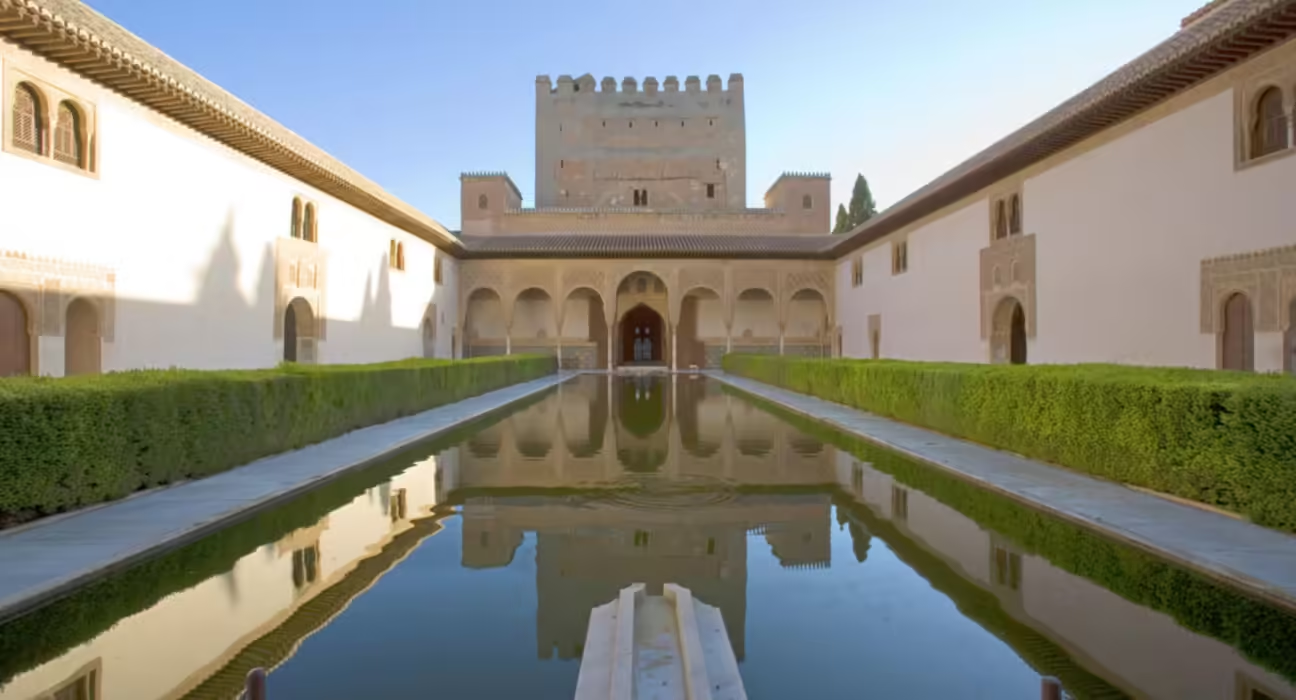
Alhambra stands as a testament to the rich tapestry of history, culture, and architecture that defines Granada, Spain. This stunning fortress complex is not merely an architectural marvel but also a symbol of the intricate interplay between different civilizations over the centuries. From its breathtaking Islamic art to its lush gardens, Alhambra encapsulates the essence of a bygone era while still captivating contemporary visitors.
The Historical Significance of Alhambra
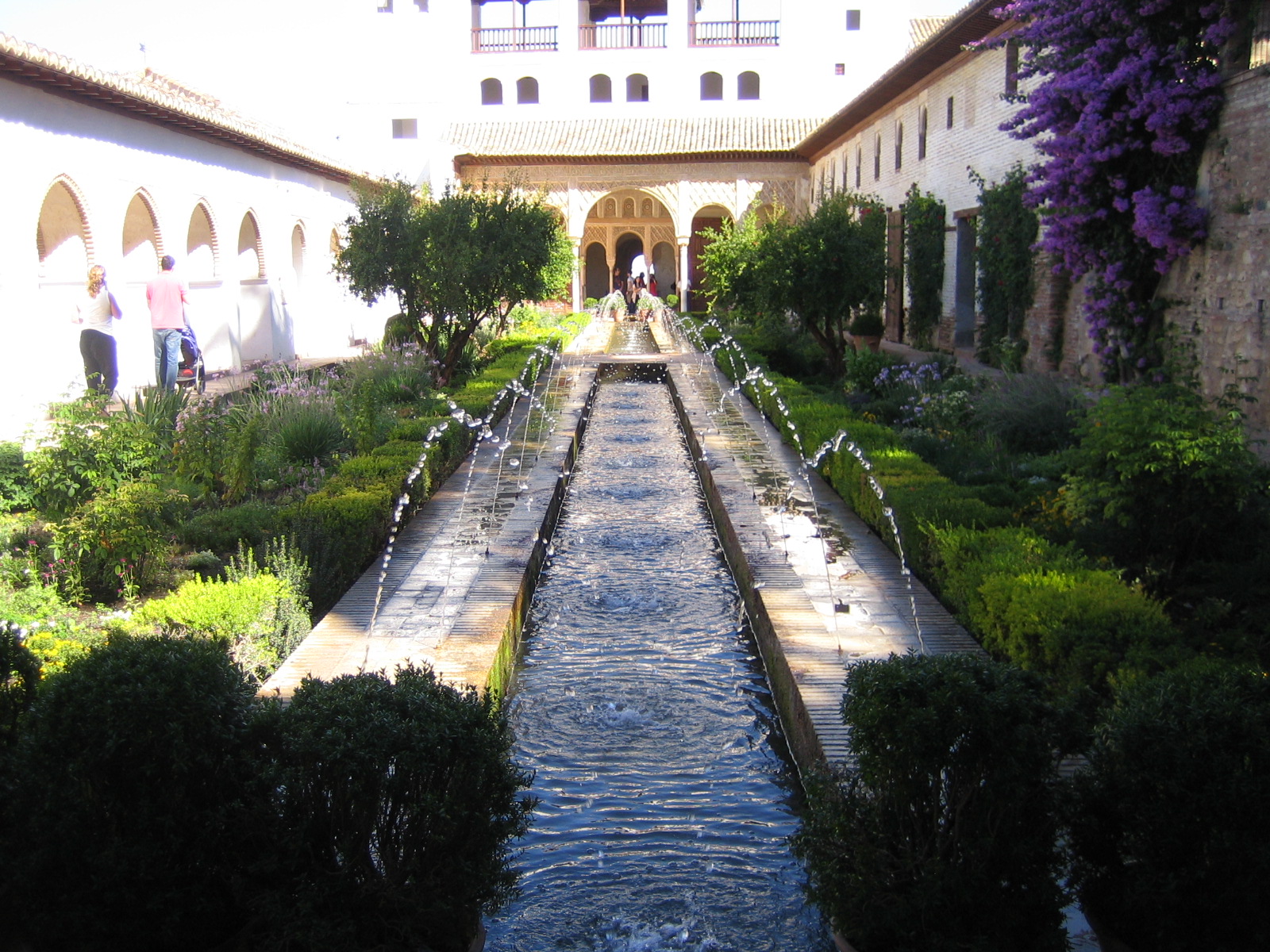
The story of Alhambra is interwoven with the history of Spain itself. To understand the full weight of its significance, one must delve into the historical context surrounding its construction and evolution.
Origins and Construction
Alhambra’s roots trace back to the 13th century when it was initially constructed by the Nasrid dynasty. This period was marked by a flourishing of arts and sciences under Islamic rule, reflecting the intellectual achievements of the time.
The choice of location for Alhambra is strategic; perched atop a hill, it offers a panoramic view of the surrounding landscape. This elevated position not only serves a defensive purpose but also symbolizes the dominance of the Nasrid rulers over the region. The intricate designs and details of its architecture are a manifestation of the craftsmanship and artistic expression characteristic of that era.
In constructing Alhambra, architects incorporated various elements that blended functionality and beauty. Each wall, archway, and courtyard tells a story of human ingenuity. For instance, the use of geometric patterns and calligraphy reflects the aesthetic values of Islamic art, which emphasizes symmetry, balance, and repetition. Contrastingly, some aspects of the design echo influences from Christian architecture, hinting at the complex cultural interactions that characterized medieval Spain.
A Symbol of Cultural Convergence
Throughout its existence, Alhambra has served as a melting pot of cultures. The coexistence of Muslim, Jewish, and Christian communities in Granada fostered a unique environment where ideas and traditions could intermingle. This convergence is particularly evident in Alhambra’s architecture, which incorporates features from diverse artistic styles.
As Ferdinand and Isabella took control of Granada in 1492, marking the end of Muslim rule in Spain, Alhambra transitioned from a seat of power for the Nasrid kings to a symbol of Christian victory. The implications of this shift resonate throughout Spanish history, highlighting themes of identity, conflict, and assimilation.
Moreover, the narratives surrounding Alhambra emphasize the dialogues that occurred between different faiths and cultures. While the physical structure may have changed hands, its essence remains a reflection of collective memory and shared heritage.
Alhambra in Literature and Art

The cultural resonance of Alhambra extends beyond its walls; it has inspired countless artists, writers, and thinkers across centuries. Literary works that reference Alhambra often explore themes of nostalgia, loss, and beauty, depicting it as a place steeped in romance and mystery.
The writings of Washington Irving, who spent time in the palace during the early 19th century, played a significant role in popularizing Alhambra in the Western imagination. His poetic descriptions and personal reflections captured the allure of this historic site and sparked curiosity among travelers.
Artists throughout history have also drawn inspiration from Alhambra’s aesthetics—its intricate tile work, serene courtyards, and lush gardens have been immortalized in paintings and illustrations. This artistic legacy continues to influence contemporary designers who seek to incorporate elements of Alhambra’s beauty into modern creations.
Architectural Marvels Within Alhambra

One cannot discuss Alhambra without marveling at its architectural wonders. The complex consists of several key structures, each with its own distinct character and significance.
The Nasrid Palaces
At the heart of Alhambra lies the breathtaking Nasrid Palaces, a collection of exquisite rooms and courtyards that embody the peak of Moorish architecture. These palaces are designed to evoke a sense of tranquility and harmony with nature, featuring elaborate stucco work, intricate wood carvings, and serene water features.
Upon entering the palaces, visitors are greeted by the famous Court of the Lions, named after its central fountain encircled by twelve stone lions. Each lion represents a distinct aspect of nature, serving as a reminder of the delicate balance between humanity and the environment. The gentle sound of flowing water coupled with the intricate detailing creates an atmosphere that feels both sacred and welcoming.
The Hall of the Ambassadors, the largest room in the palaces, showcases the grandeur of the Nasrid court. Adorned with magnificent ceilings adorned with wooden muqarnas, or stalactite-like structures, this hall served as a space for diplomatic meetings and royal audiences. It stands as a testament to the sophistication and power wielded by the Nasrid sultans.
The Generalife Gardens

Adjacent to the Nasrid Palaces, the Generalife Gardens provide a stunning contrast to the intricacies of the architectural elements within Alhambra. Designed as a summer retreat for the sultans, these gardens exemplify the Islamic ideal of paradise on earth.
Lush greenery, fragrant flowers, and tranquil water features create a serene escape from the bustling world outside. As visitors stroll through the meticulously landscaped pathways, they are transported to a realm where nature and artistry coalesce seamlessly. The carefully orchestrated layout of the gardens encourages contemplation and reflection, inviting guests to pause and appreciate their surroundings.
The incorporation of water in the gardens is particularly noteworthy. Fountains and pools serve as focal points, drawing the eye and providing a soothing auditory backdrop. This emphasis on water not only enhances the aesthetic experience but also holds symbolic significance in Islamic culture, representing purity and life.
The Alcazaba Fortress
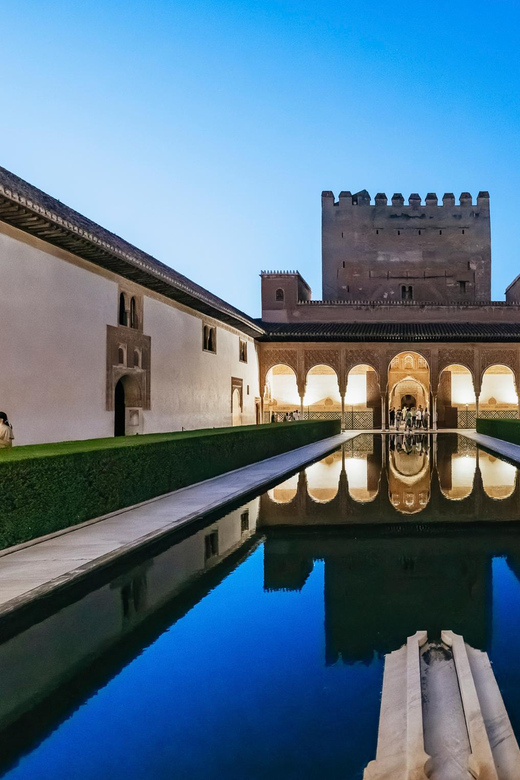
While the Nasrid Palaces and Generalife capture the romantic essence of Alhambra, the Alcazaba Fortress serves as a reminder of the complex’s military history. Built primarily for defense, the Alcazaba features imposing walls and watchtowers that showcase the strategic foresight of the builders.
Climbing to the top of the towers provides panoramic views of Granada, showcasing the city’s architectural diversity and natural beauty. The fortress stands as a sentinel, guarding the history and stories held within Alhambra’s walls. Visitors can explore the remnants of barracks and guardhouses, gaining insight into the lives of those who once inhabited this formidable stronghold.
In essence, the alcazaba is a multifaceted representation of strength and resilience—qualities inherent in the culture that birthed Alhambra. The juxtaposition of beauty and fortitude reflects the duality of experiences that characterize human existence, making the fortress an integral part of the Alhambra narrative.
The Legacy of Alhambra in Contemporary Culture

Alhambra’s impact extends well beyond its historical and architectural significance; it continues to inspire and shape contemporary culture in myriad ways.
Influence on Modern Art and Design

The aesthetics of Alhambra resonate within various forms of modern art and design. Artists draw upon the intricate patterns, vibrant colors, and harmonious proportions that define the complex. Whether through painting, sculpture, or textile design, the essence of Alhambra finds expression in diverse creative endeavors.
Contemporary designers often integrate elements reminiscent of Alhambra into their work to evoke feelings of elegance and sophistication. For instance, fashion designers have incorporated the motifs and color palettes inspired by the gardens and palaces into their collections, creating pieces that celebrate cultural heritage while appealing to modern sensibilities.
Moreover, the resurgence of interest in sustainable design has led many architects to look to Alhambra as an exemplar of harmonious living. The integration of natural elements, attention to environmental balance, and focus on communal spaces can be seen in contemporary urban planning, emphasizing the importance of nurturing human connection with nature.
A Source of Inspiration for Writers and Poets
Writers continue to find inspiration in the ethereal beauty of Alhambra. Its history, architectural brilliance, and cultural significance inspire poets and authors to explore themes of love, loss, and the ephemeral nature of life.
In modern literature, Alhambra serves as a backdrop for stories that weave together the past and present. Writers often employ its imagery to convey emotions, using the palace as a metaphor for longing and nostalgia. For many, Alhambra embodies a sense of yearning—a desire to connect with history, spirituality, and the interconnectedness of all things.
Tourism and Global Recognition

Today, Alhambra stands as one of the most visited monuments in Spain, attracting millions of tourists from around the globe. This influx not only contributes to the local economy but also highlights the ongoing relevance of Alhambra as a cultural touchstone.
The challenge facing institutions managing Alhambra lies in balancing preservation with accessibility. As the number of visitors grows, efforts to maintain the integrity of the site while ensuring an enriching visitor experience become paramount. Guided tours, educational programs, and interactive exhibits aim to deepen the understanding of Alhambra’s significance, fostering appreciation for its enduring legacy.
Furthermore, the global recognition of Alhambra as a UNESCO World Heritage Site underscores its universal value. This designation reinforces the notion that Alhambra transcends geographical boundaries, resonating with individuals across cultures and generations.
Conclusion
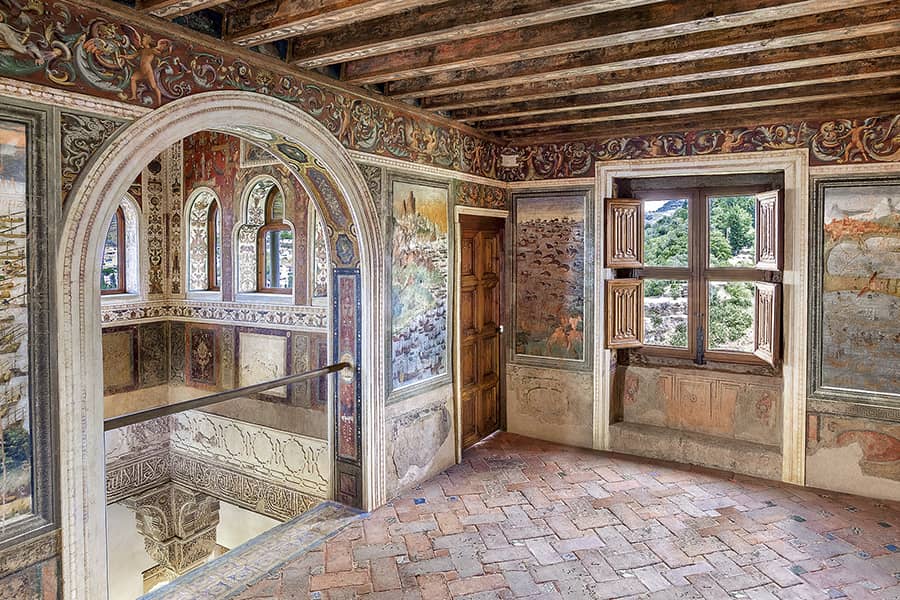
Alhambra stands as a beacon of cultural richness and architectural brilliance, encapsulating the complexities of human history and creativity. Its enchanting beauty, layered with stories of triumph and struggle, invites visitors to immerse themselves in a narrative that stretches across centuries.
As we navigate our increasingly globalized world, Alhambra serves as a reminder of the importance of preserving our cultural heritage. It challenges us to reflect on how we interact with and honor the past while embracing innovation and growth. Alhambra is more than a mere monument; it is a living testament to the interplay of civilizations, an enduring source of inspiration, and a symbol of the interconnectedness that defines the human experience.











